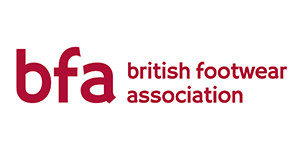 On Sunday 30th October 2016, the EU and Canada signed the EU-Canada Comprehensive Economic and Trade Agreement (CETA).
On Sunday 30th October 2016, the EU and Canada signed the EU-Canada Comprehensive Economic and Trade Agreement (CETA).
What does this mean for European and British footwear manufacturing footwear companies?
- Elimination of tariffs as from day one. Currently Canada’s tariffs on shoes go as high as 20%, averaging at 18%, making UK and EU made footwear much cheaper in the Canadian market.
- Access to public procurement. Canada’s market for government contracts has historically been less open than that of Europe. This deal corrects this current imbalance, and it covers not only the federal government, but also Canada’s provinces, regions, cities and state-owned enterprises. It seems that Canada opens up procurement more in CETA than in the WTO’s Government Procurement Agreement, NAFTA and the Transpacific Partnership. There is therefore a big opportunity for European footwear.
- Rules of origin: Change of Tariff Heading (CTH). Companies making footwear in the UK or EU will now have duty free access to the Canadian market where their products are wholly made in Britain or the EU, from material sourced in Britain or from the EU. The agreement also gives free access to footwear where the production has undergone sufficient production in the UK or the EU. However, restrictions will still apply to footwear made in the UK or the EU using uppers imported from outside the UK or EU where the uppers arrive attached to the insoles to be finished in the UK or the EU.
“With a lower value of Sterling – CETA does offer a real opportunity for many UK manufacturers and brands to increase sales of domestically and European produced footwear to Canada,” commented John Saunders,CEO of the BFA.




